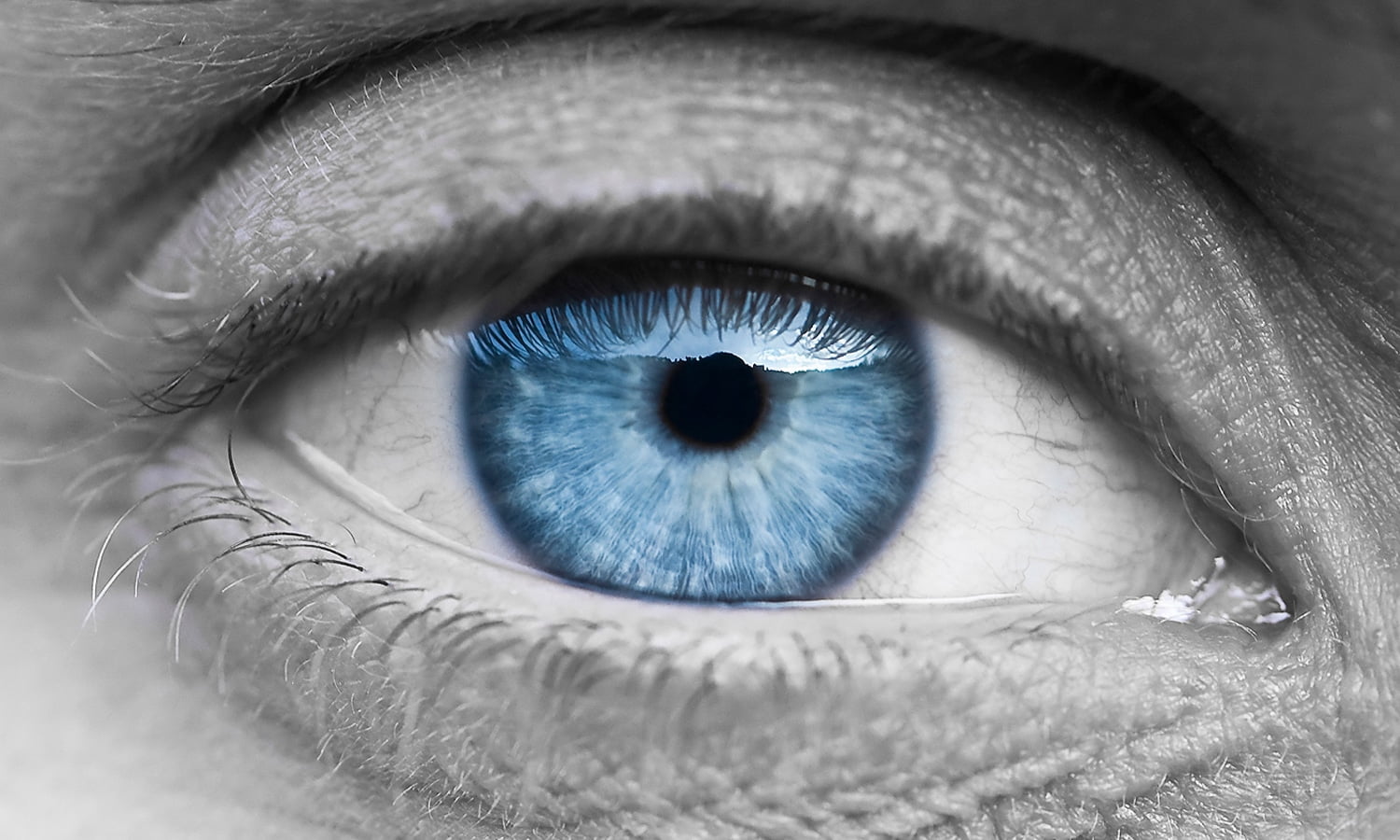
Glaucoma and Medical Marijuana: 5 Informative Facts
Glaucoma is the second leading cause of blindness (cataracts being number 1), with approximately 3.5 million Americans and Canadians suffering from the disease. It is a gradual loss of vision caused by damage to the optic nerve, making it difficult to improve. It comes in several varieties, but the main culprit is increased intraocular pressure (IOP) caused by a buildup of fluid in the eye.
What is Medical Marijuana Glaucoma Treatment? The discovery of the glaucoma-fighting power of cannabis was a happy accident in the War on Drugs. In the early 1970s, a group of UCLA researchers led by Dr. Robert Hepler and Thomas Ungerleider began studying marijuana’s telltale “red eyes” and dilated pupils, hoping to somehow use the phenomena to help the DEA evict stoners. The real benefit, however, was something that wasn’t expected at all: cannabis — particularly the THC in cannabis — reduced eye pressure by 25 to 30 percent. This result is currently as good as any from an FDA-approved glaucoma drug.
RELATED: Side Effects of Marijuana Compared to Conventional Drugs
What’s the catch? Unfortunately, the effects of cannabis on intraocular pressure only last about three hours, and THC, the element most responsible for relieving pressure, is also the most psychoactive. To be fully treated, you would need to smoke about six or seven joints a day. Potency can vary, so you could vape or pre-roll at low doses—but you’d still be reliant on THC hitting your system often.
Photo by Flickr user National Eye Institute
What do the pros say? Neither the American Association of Ophthalmology, the American Glaucoma Society, nor the Glaucoma Research Foundation endorse the treatment of glaucoma with medical marijuana. This is partly because they see a constant pot high as a sub-optimal way of being in the world, but they also have a medical reason: reduced blood flow can damage the optic nerve, and one of cannabis’ side effects is blood pressure too reduce. Ironically, marijuana can both relieve and aggravate glaucoma.
RELATED: How marijuana might help patients come off their anti-anxiety drugs
What’s next? Topical treatment could be a way to circumvent the intoxicating side effects of smoking or ingesting cannabis. THC eye drops have been tested, but there are practical hurdles to overcome: THC dissolves best in alcohol or oil—neither of which you want to put in your eye. Saline THC eye drops can’t be strong enough, at least for now. Even more troubling, topical THC can damage the surface of the eye. But that doesn’t mean THC therapy is deadlocked, just that more research and testing is needed.
Bonus, non-glaucoma factoid: The team of dr. Hepler also found that cannabis suppresses tear production. While that’s bad news for contact lens wearers, one savvy housewife reported that smoking is a prophylactic against that well-known culinary ailment: tears caused by chopped onions.

Post a comment: